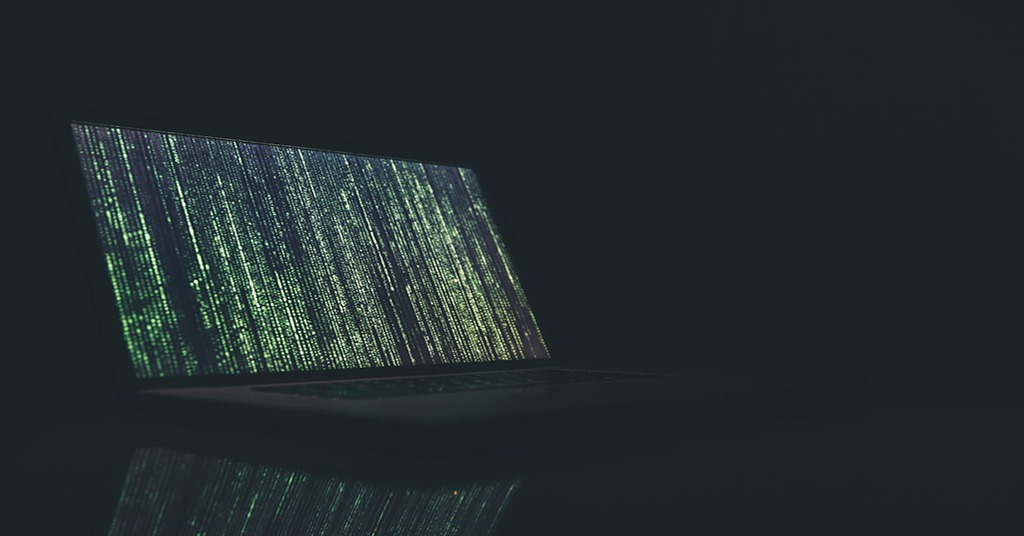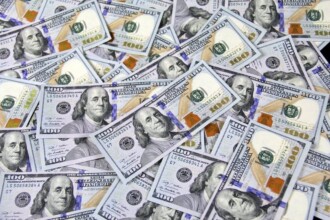Let’s take a look at the most interesting facts about Dark Net

10 things you should know about the Dark Net. Source: unsplash.com
The Dark Net is a mysterious and shrouded layer of the World Wide Web. The black market of stolen data, illegal goods, obscene content, drugs, weapons and more keeps flourishing there against all the regulations. If your private accounts or banking details are ever compromised, they may quickly become merchandise on the Dark Net.
Today, we’ve gathered the most interesting facts about the hard-to-access encrypted websites that cannot be found on Google.
- The Dark Net aka Dark Web is a tiny portion of the deep web that comprises all web pages that are unidentifiable by search engines. If you think, those are not numerous, you’re deeply mistaken. According to Kaspersky Labs, the deep web accounts for approximately 90% of all websites. This hidden web is so large that it’s impossible to discover exactly how many pages or websites are active at any one time. It includes public and privately protected databases and internal networks for enterprises, governments, educational facilities, etc.
- While many portions of the deep web can still be accessed in normal internet browsers, Dark Net repositories are not indexed and only accessible via specialized web browsing tools.
- Not all Dark Net websites are used by criminals. In 2016, the research firm Terbium Labs analyzed 400 randomly selected anonymous sites suggesting that over half of all domains on the Dark Web are in fact legal. In countries with strong government censorship, encrypted resources may be used to omit that and express one’s ideas freely. Besides, people who may be in danger if their identity is revealed, such as abuse and persecution victims, whistleblowers, and political dissidents have been frequent users of these hidden sites. The Dark Net provides highly secure communication channels to classified government activists and reform agents such as human rights activists and journalists opposed by oppressive foreign regimes.
- Most Dark Net websites use the multi-layered Tor encryption tool to help hide their identity. Traffic is relayed and encrypted three times as it passes over the Tor network. This network comprises thousands of volunteer-run servers known as Tor relays. The paradox is that despite the project’s claimed mission to advance human rights and freedoms by protecting anonymity and privacy, those open-source tools are actually often used to sell one’s sensitive information.
- Accessing the website encrypted by Tor will require an anonymous browser. The Tor browser uses a random path of encrypted servers known as “nodes” while connecting a user to the necessary web-address. This allows users to connect to the deep web without fear of their actions being tracked or their browser history being exposed. However, the system still has some vulnerabilities as shown by the famous cybercriminals getting caught by law enforcement agencies. For instance, in 2013 the FBI found a way to break Tor’s anonymity protections while jailing the cybercriminal Eric Eoin Marques for running Freedom Hosting, used for drug markets, money-laundering operations, hacking groups, and millions of images of child abuse. This year, a seven-year-long international legal struggle ended with Marques pleading guilty, but the technical details of how he was tracked remain a mystery.
- Tor stands for “The Onion Routing”. Its core principle was developed in the mid-1990s by the United States Naval Research Laboratory employees, with the purpose of protecting U.S. intelligence communications online. The idea was to route traffic through multiple servers and encrypt it each step of the way, making it impossible to track. The concept needs a decentralized network of entities with diverse interests and trust assumptions to operate. Tor was an instrumental tool during the Arab Spring beginning in late 2010. It not only protected people’s identity online but also allowed them to access critical resources, social media, and websites that were blocked.
- Some software developers offer their customers identity theft protection products. Those include comprehensive Dark Net monitoring tools that will send you notifications if your personal information is found online. The monitoring programs scan millions of web-resources daily using a variety of data gathering techniques such as chat room monitoring, crawling/scraping, and forum extraction. The only minor detail is that you have to entrust this tool with your private data such as ID number, bank account and card details, driver’s license, social security number, email, password, etc.
- As for domains cataloged as illegal by Terbium Labs, more than 75% are marketplaces. Recreational and pharmaceutical drugs are the most popular products. A study, exploring sales on 16 major Dark Net markets between 2011 and 2015, estimated that drug sales were responsible for more than 90% of the total economic revenue of global Dark Net marketplaces. Nearly half (46 %) of all Dark Net drug sales originated from European vendors, representing an estimated EUR 80 million over the period of the study. In an analysis published in the current issue of the Journal of Addiction Medicine, the European Monitoring Centre for Drugs and Drug Addiction found that retail marijuana sales on some Dark Net markets spiked 30% in the first months of the pandemic. Drugs are followed by stolen and counterfeit documents such as identities, credit cards, and bank credentials. Some sites offer hacking and technological crime services, including malware, distributed denial of service attacks, and hacking for hire. Others offer a mix of these and other products, including pornography and counterfeit goods. Ransomware-as-a-Service (RaaS) currently seems not too popular. Compared to other types of illegal digital goods, there are rather few RaaS items offered for sale in Dark Net marketplaces, often with questionable authenticity.
- The illegal marketplaces on the Dark Net bring significant profits to their founders. According to a report by the RAND Corporation supported by the US National Institute of Justice, one site alone generated an estimated $219 million in annual revenue as of 2017. One of the most famous Dark Net sites – Silk Road, a black market that sold illegal drugs until it was shut down by the FBI in 2013 – had estimated annual revenue of between $14.4 Million and approximately $80 Million. The most popular and durable Dark Net marketplaces today are Dream Market, Wall Street, and Point (formerly Tochka).
- Many of the Dark Net marketplaces are fuelled by Bitcoin and other cryptocurrencies. After a small decline in 2018, total Dark Net market sales grew 70% in 2019 to over $790 million worth of cryptocurrency. The vast majority of Dark Net market transactions flow through exchanges. Exchanges are by far the most common service customers use to send cryptocurrency to vendors, and for vendors to send funds to cash out. Nevertheless, in Q1 2020, there was a rapid growth in the amount of bitcoin sent from Dark Net entities to more anonymous services like mixers. The amount of BTC transferred between Dark Net entities and other entity types declined in Q1 2020 compared to the same period one year ago, although the value of the amount transferred measured in USD grew by 65%. Overall, Dark Net markets have seen drops in revenue during the pandemic lockdowns. Dark Net vendors may have panicked due to a sudden drop in prices, stoppage of international transportation means, and the fear that the cryptocurrency could become worthless in a cataclysmic event. At the same time, Dark Net customers may have scaled back purchases holding onto cash and their “digital gold”.
SEE ALSO:








